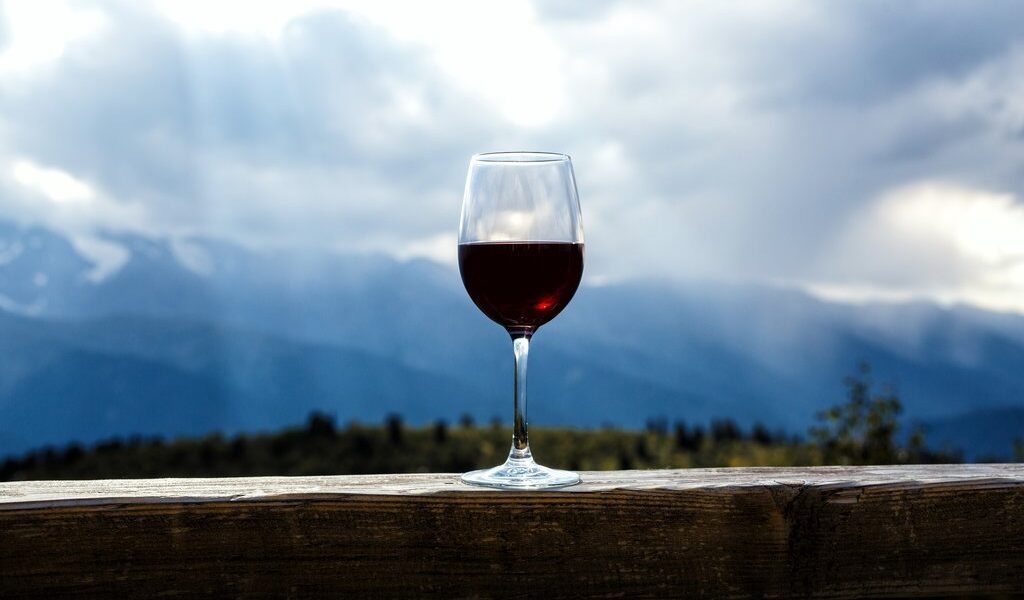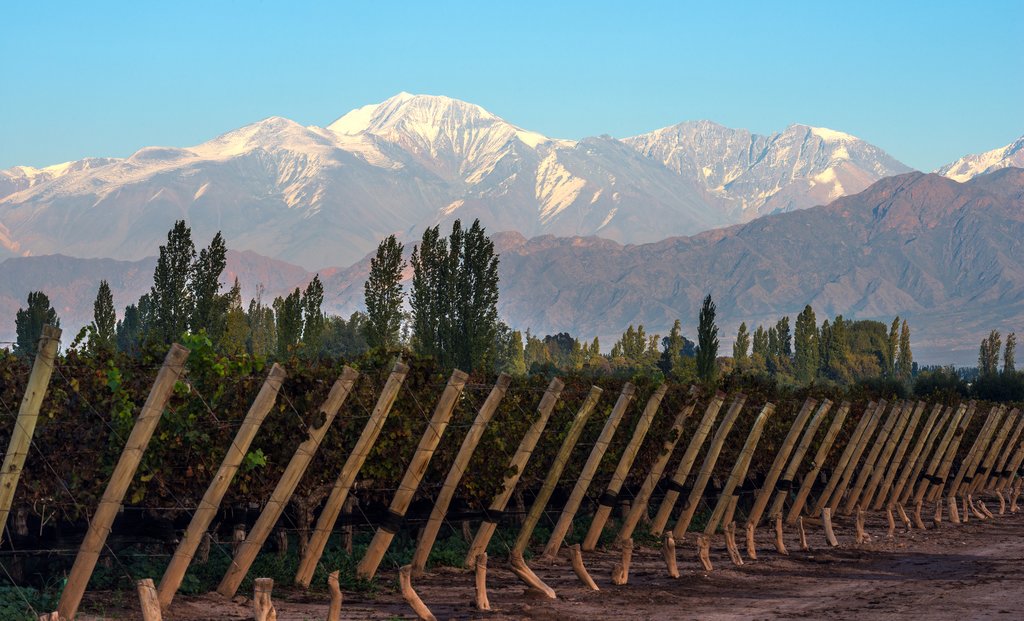
Mendoza, Argentina is renowned throughout the world for its wine. But there’s more to this beautiful region, located at the edge of the Andes, than sipping and swirling. Go sightseeing in the city, soak in thermal pools, bike through the vineyards, or venture to Aconcagua, the highest mountain in the western hemisphere.
## Unveiling the Wonders of Mendoza
Mendoza, a city nestled in the heart of Argentina, offers an experience that caters to a diverse range of interests. Are you seeking a vibrant urban landscape with exceptional restaurants, lively bars, and enriching museums? Mendoza has it. Do you dream of exploring picturesque wineries, each boasting tasting rooms that provide breathtaking views of the majestic Andes Mountains? Look no further. Or perhaps you’re an adventurer at heart, yearning for the thrill of outdoor activities like whitewater rafting and the challenge of rock climbing in stunning natural settings? Mendoza is the destination for you.
From a cultural standpoint, Mendoza stands as a sophisticated haven, renowned for its world-class culinary scene and exquisite wines. It’s a place where the art of gastronomy meets the passion of viticulture, creating an atmosphere of refined indulgence. For nature enthusiasts and avid photographers, the landscape is equally captivating. The scenery unfolds as a mesmerizing tapestry, with the verdant greens and shimmering golds of the sprawling vineyards gracefully transitioning into the earthy ochres, soft pinks, rustic browns, and pristine whites of the towering Andes mountains. This visual symphony is a feast for the senses, promising unforgettable moments of awe and inspiration.
## Crafting the Perfect Mendoza Escape
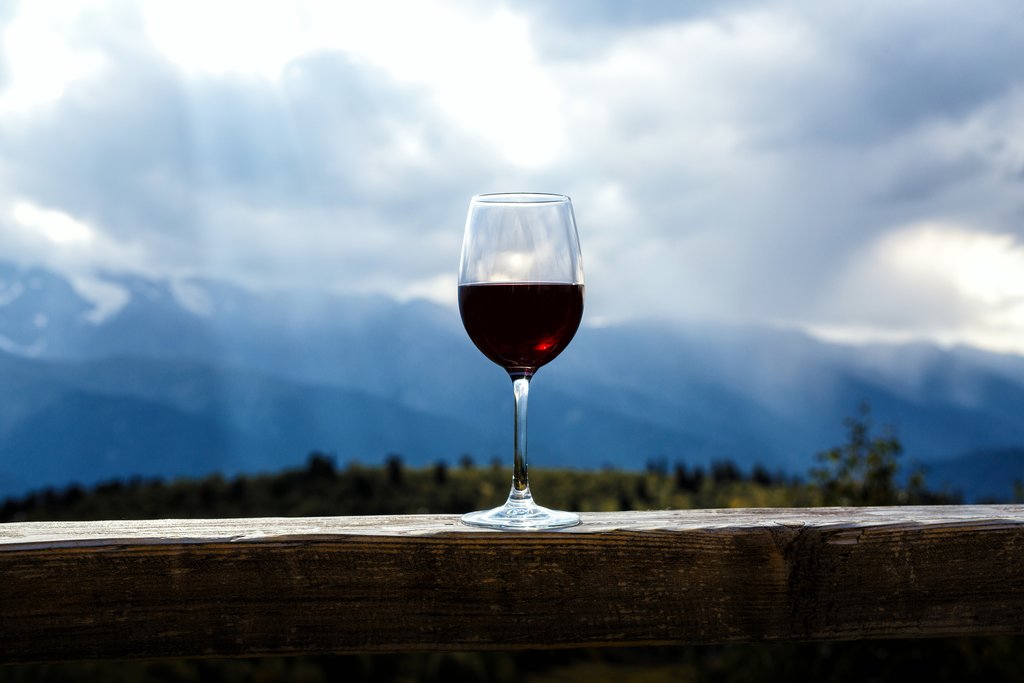
### Decoding the Climate
When meticulously planning your much-anticipated journey to Mendoza, it’s essential to keep in mind that the seasons in the southern hemisphere operate in reverse compared to those in the northern hemisphere. The celebrated harvest season, a time of great festivity and activity in the vineyards, typically occurs in March, which corresponds to early autumn in Argentina. This period is undoubtedly popular among visitors, offering a unique glimpse into the winemaking process and the opportunity to savor the fruits of the land.
However, the months of October and November, representing the vibrant spring season, also attract a significant number of travelers to Mendoza. During this time, the landscapes awaken with renewed energy, and the weather is generally pleasant, creating ideal conditions for outdoor exploration.
June, July, and August mark the winter months in Mendoza. While actual wine production may be less prevalent during this period, the region still offers a wealth of attractions and activities. Wine-tasting experiences remain readily available, allowing you to delve into the world of Argentine wines and discover your favorite varietals. Additionally, the opportunity for outdoor adventures persists, provided you come prepared with appropriate warm clothing to combat the cooler temperatures. As a delightful bonus, you’ll be treated to a perpetual backdrop of majestic, snow-capped mountains, adding a touch of magic to your winter getaway.
Summer days in Mendoza can sometimes become uncomfortably hot. Despite this, cycling through the vineyards remains an enjoyable activity. Plus, the opportunity to taste refreshing cold sparkling wines and rosés offers a welcome respite from the heat.
Regardless of the time of year that you choose to visit Mendoza, it’s recommended to allocate at least a few days to fully immerse yourself in the offerings of the city and its most central wine regions. To truly experience the essence of Mendoza, allot at least five days, or ideally a week or more. This will allow ample time for both engaging in wine tastings and partaking in thrilling outdoor adventures.
Many travelers cleverly incorporate Mendoza into a broader itinerary that includes a visit to Buenos Aires or Santiago, Chile. The overland border crossing between Mendoza and Santiago is an adventure in itself.
For those with limited time, consider embarking on a curated “Mountains & Wine tour,” which offers a condensed yet enriching experience of Mendoza’s key attractions.
For those seeking a more extensive exploration of diverse landscapes, a ten-day tour encompassing Mendoza, Bariloche, and Iguazú Falls presents an appealing option. This itinerary promises an unforgettable journey through some of Argentina’s most iconic destinations.
For ardent wine enthusiasts eager to explore multiple renowned wine regions within Argentina, an itinerary encompassing Buenos Aires, Mendoza, and Salta will provide a comprehensive and immersive experience.
### Charting Your Course
Travelers have two primary options for arriving in Mendoza: by air or by road. Mendoza city boasts its own airport, conveniently situated just six miles north of the city center, ensuring easy access to your destination. Several airlines operate frequent flights to Mendoza from both Santiago and Buenos Aires, offering convenient connections for international and domestic travelers alike. If your journey originates in Santiago, be sure to secure a window seat, as the aerial views of the Andes Mountains are truly awe-inspiring, creating a breathtaking prelude to your Mendoza adventure. Taxis are readily available outside the airport’s arrivals terminal, providing a seamless transfer from the airport to your chosen accommodation in the city center.
Alternatively, many visitors opt to arrive in Mendoza by bus or car, enjoying the scenic landscapes and independent travel. Mendoza is situated approximately 650 miles northeast of Buenos Aires, 800 miles south of Salta, and a mere 125 miles east of the border with Chile. These distances make Mendoza accessible from various points within Argentina and neighboring Chile, allowing for flexibility in your travel plans.
## Indulge in the Art of Wine Tasting and Touring
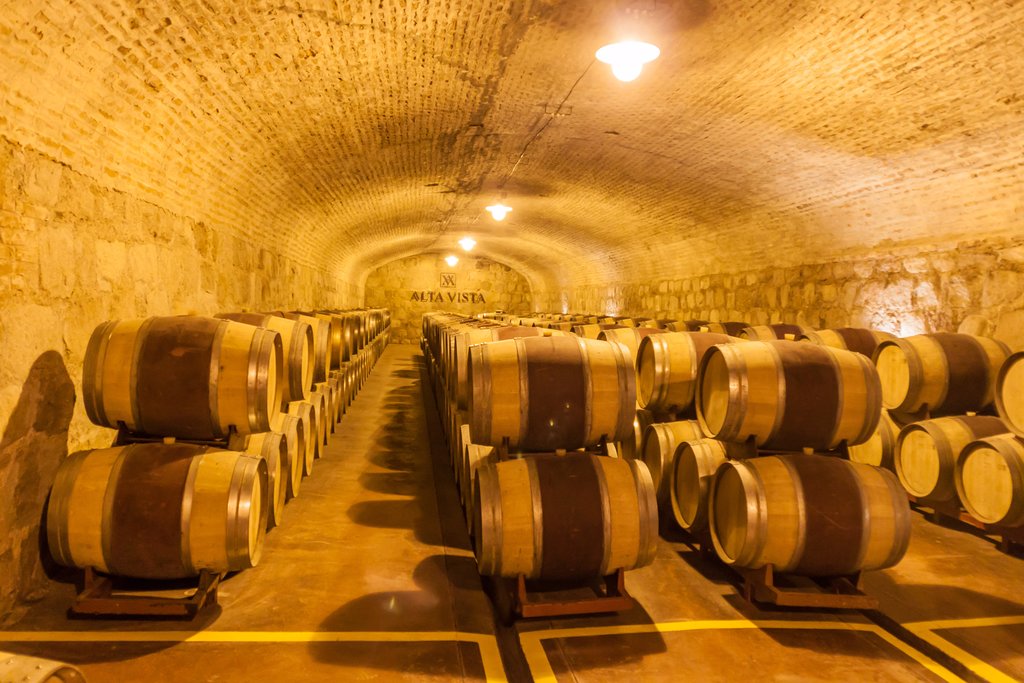
Wine cellar in Chacras de Coria
The city of Mendoza, and the surrounding province bearing the same name, have become synonymous with the world of wine. The region is especially celebrated for its red wines, most notably the popular Malbec varietal. The 1500-odd vineyards that dot the landscape contribute to approximately two-thirds of Argentina’s total wine production. This impressive figure solidifies Mendoza’s position as one of the largest and most significant New World wine-making regions, attracting wine enthusiasts from across the globe.
The expansive wine region is thoughtfully divided into three distinct sub-regions, each possessing its own unique characteristics and charm: Maipú Valley, conveniently located closest to the city of Mendoza; Luján de Cuyo, renowned for its elegant and refined wines; and Valle de Uco, also known as Uco Valley, the furthest region from the city, celebrated for its high-altitude vineyards and exceptional quality.
Wine production and the thriving wine-related tourism industry are the twin pillars of Mendoza’s economy. A multitude of opportunities are available to immerse yourself in the world of wine and explore the region’s renowned vineyards. While many wineries require advance reservations, a self-guided tour of the family-run wineries in Maipú Valley offers a more independent and intimate experience. Alternatively, renting a bicycle to explore the wineries in and around the charming town of Chacras de Coria, located in Luján de Cuyo, provides a delightful way to discover the region’s viticultural treasures.
For those seeking a deeper understanding of the intricate winemaking process, a guided tour led by a knowledgeable expert is highly recommended. A seasoned guide can expertly manage the logistics, curate a personalized itinerary, and arrange transportation, ensuring a seamless and enriching experience. Additionally, many guided tours include lunch at a winery, allowing you to savor delectable regional cuisine alongside exceptional wines. A recommended wine tour will take you to two distinguished wineries in Luján de Cuyo and the Maipú Valley, providing a comprehensive introduction to the region’s viticultural landscape.
## Discovering the Charms of Mendoza City
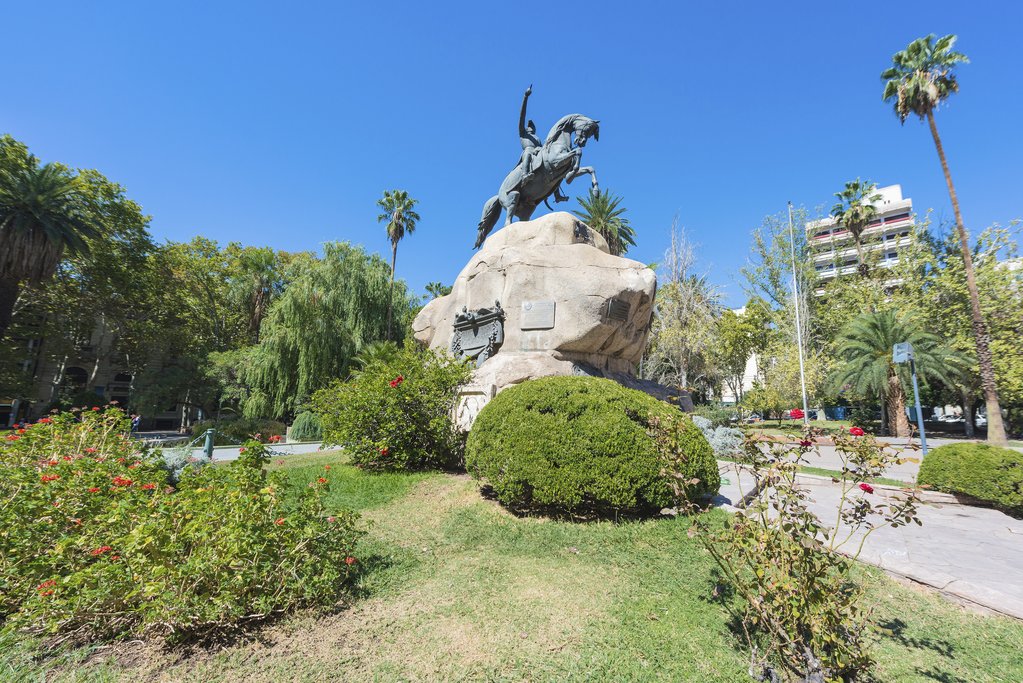
### Unveiling the City’s Treasures
Mendoza’s rich history dates back to 1561 when the Spanish established the city, capitalizing on the ingenious indigenous-built irrigation system that transformed the arid environment into a verdant oasis. However, it was Mendoza’s pivotal role in Argentina’s struggle for independence that truly cemented its place in history. It was here that city governor José Francisco de San Martín raised a formidable force known as the Army of the Andes, which played a crucial role in fighting against the Spanish during the Argentine Wars of Independence.
The city’s captivating history converges at one of its most enchanting plazas, Plaza San Martín. The plaza is a tribute to the governor, revered in South American history as a champion of freedom. Plaza San Martín also houses Espacio Contemporáneo de Arte, a modern art museum, showcasing the city’s vibrant artistic spirit.
Throughout Mendoza, you’ll encounter an abundance of inviting green spaces and parks, providing havens of tranquility amidst the urban landscape. Plaza Independencia, the main central park, is situated just two blocks away from Plaza San Martín. A leisurely stroll southwest from Plaza Independencia will lead you to the edge of Mendoza’s largest park, Parque General San Martín. Here, you’ll discover a network of inviting walking paths, a picturesque lake, and an impressive lookout point known as Cerro de la Gloria. The summit is adorned with a grand memorial dedicated to the valiant Army of the Andes.
### Exploring Beyond the City Center: Maipú and Chacras de Coria
Heading south from Plaza San Martín, Mendoza offers fewer historic sights, as a devastating earthquake in 1861 destroyed many key landmarks. However, the city has retained its vibrant and sophisticated atmosphere, brimming with charming cafés, exceptional restaurants, lively bars, and well-stocked wine shops.
South of the city proper, Mendoza seamlessly merges with the town of Maipú, the capital of the Maipú Valley sub-region. Here, you’ll find a collection of esteemed wineries, each offering a unique glimpse into the world of Argentine wine. Bodegas López stands out as the most historic, dating back to 1898. Tours of the winery are complimentary, allowing you to delve into the history and traditions of winemaking. Wine tastings in the intimate cellar are highly recommended, providing an opportunity to savor the fruits of the López family’s labor.
In Maipú, you can also discover the Museo Nacional del Vino, the national museum of wine and grape harvesting. The museum is housed in the historic Bodega Rural, offering a fascinating exploration of Argentina’s winemaking heritage.
Continuing south, you’ll arrive at the charming village of Chacras de Coria, located near Casa Fader, a museum exhibiting art by talented local artists.
## Indulge in the Culinary Delights of Mendoza
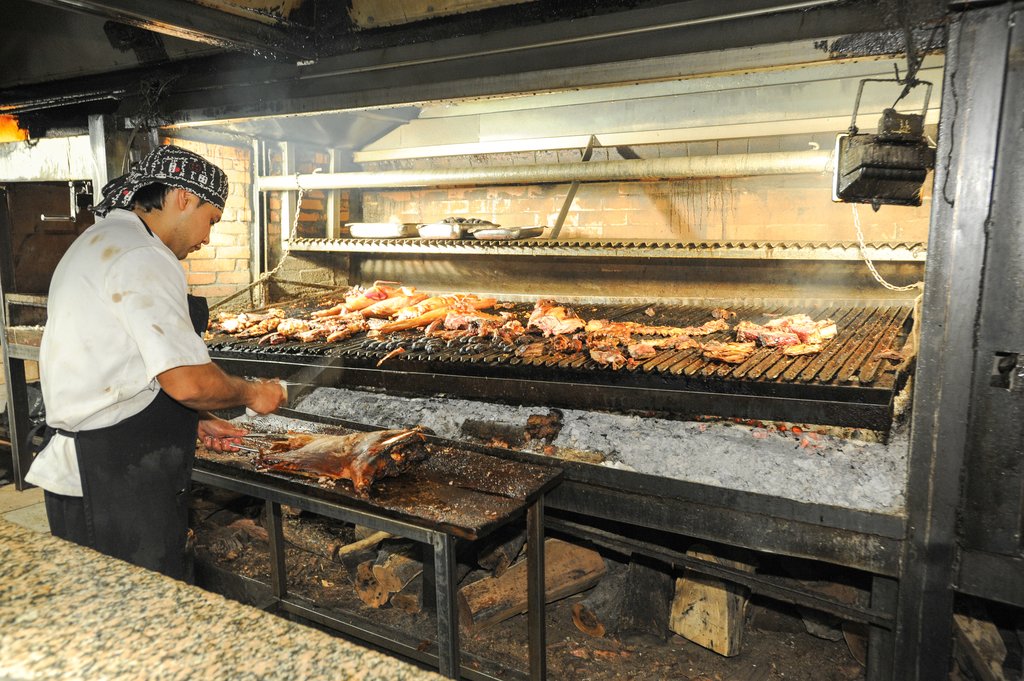
Meat cooking on a Mendoza restaurant grill
Mendoza is a celebrated food and wine capital. Finding a memorable meal in town is effortless. Josefina Resto is a top choice for fine dining, offering exquisitely prepared steaks and an extensive wine selection. Fuente y Fonda serves Argentine comfort food in a more casual setting, providing a taste of local culinary traditions. For those eager to sample a range of regional wines alongside their lunch or dinner, El Palenque is a popular choice among locals, offering an authentic and immersive dining experience.
## Journey Through the Vineyards
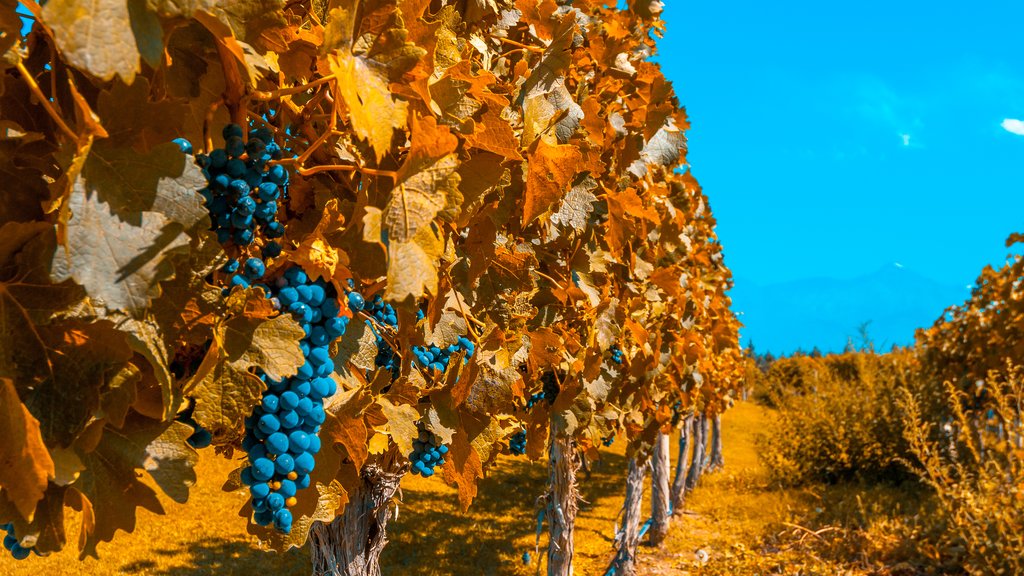
Caminos del Vino, or “Wine Roads”, is the name given to the main network of routes that traverse the wider Mendoza region. The main sights and wineries are divided into four distinct areas. Zona Norte includes the city of Mendoza, Maipú Valley, and Luján de Cuyo. Valle de Uco, southwest of Zona Norte, holds particular appeal for wine enthusiasts. The grapes here grow at remarkably high altitudes of 3,000 to 4,000 feet above sea level. Further afield, Zona Este is near the city of San Martín, and Zona Sur is near the city of San Rafael, almost three hours’ drive south of Mendoza.
Luján de Cuyo is home to one of the region’s most important wineries, Bodega Catena Zapata. Owner Nicolas Catena Zapata is a wine pioneer. He introduced Malbec wine to high altitudes, where the grapes benefit from increased sunlight, and distinguished Argentina’s Malbec from its French counterpart. There are many other excellent wineries in the area, too.
Take a break at Cavas Wine Lodge, a boutique hotel, restaurant, and spa specializing in wine-based treatments, such as a Torrontés body wrap and a crushed Malbec scrub. You can also indulge in horseback riding through the vineyards. A couple of miles north, Bodega Ruca Malén is a great winery and a foodie destination. The owners were the first in the region to bring fine dining standards to a working winery.
Valle de Uco, further south, offers some of the best wine experiences in the region. The wine resort Vines of Mendoza boasts a first-class restaurant and allows visitors to create their own wines. Nearby, the French-Argentine-run Finca Blousson is a countryside bistro-guesthouse, serving gourmet meals in an idyllic setting amidst the vineyards.
## Embark on Adventures in the Andes
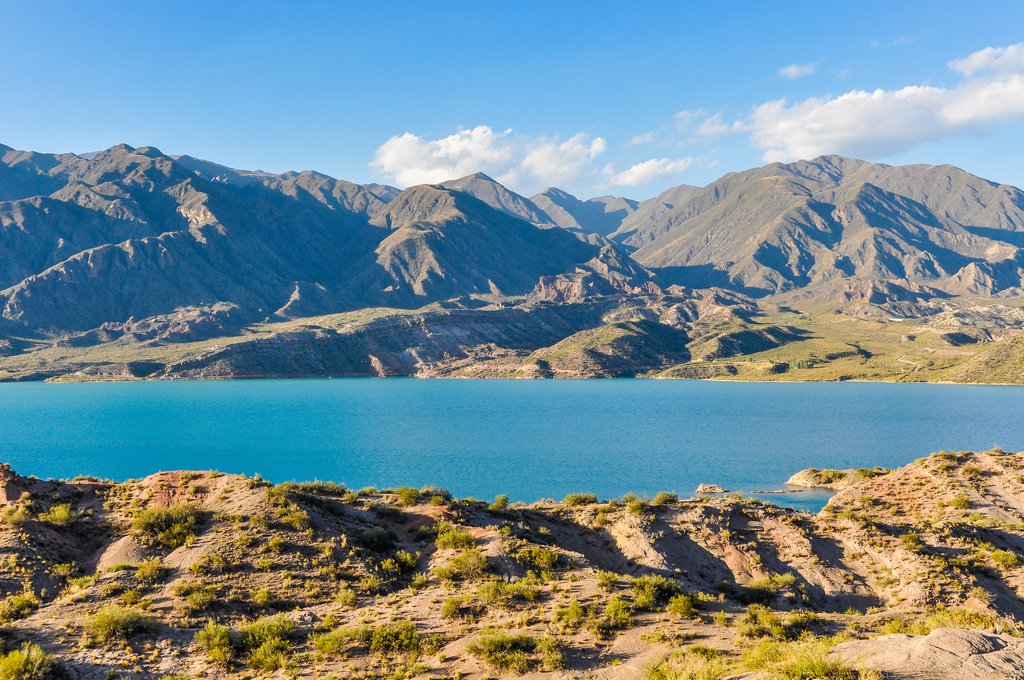
The majestic Andes mountains, which provide a stunning backdrop to almost every vineyard photo taken in Mendoza, present endless opportunities for outdoor adventurers. From the city of Mendoza, Highway 7 winds its way up into the mountains, heading towards the Chilean border. Thermal pools and reservoirs, ideal for water sports, can be found at lower altitudes along this road. These locations make easy day trips from Mendoza, whether you prefer to drive yourself or join a guided tour.
Challenging hikes await at higher elevations, including the ultimate mountain trek up to Aconcagua, the tallest summit in the Americas. This 22,837-foot summit requires a multi-day trek to reach the top, as well as time to acclimatize to the altitude. Ascending Aconcagua should only be attempted with a professional guide.
For a more immersive experience in the Andean landscape, consider staying overnight in Potrerillos, an adventure hub popular with travelers who enjoy whitewater rafting on the nearby Mendoza River. Unwind afterward in Cachueta, at the other end of the reservoir, where the Termas de Cachueta offers natural thermal pools and a comfortable hotel. Another option is to spend the night at Los Penitentes, a ski resort located close to the trailhead for the Aconcagua hike.
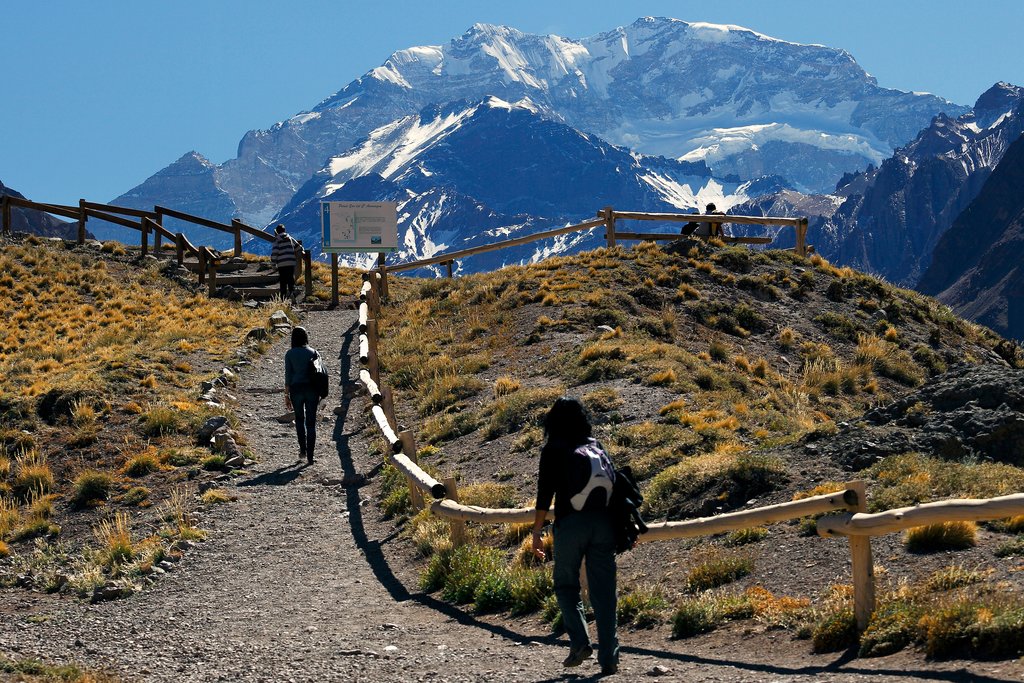
Highway 7 continues its ascent into the mountains, ultimately reaching the border with Chile. The terrain along this route served as a stand-in for the Himalayas in the filming of “Seven Years in Tibet.” After Las Cuevas, the main road passes underground through a tunnel into Chile. However, a smaller road leads up to a statue known as Cristo Redentor de los Andes (Christ the Redeemer of the Andes), a towering bronze statue symbolizing the peace between Argentina and Chile.
This version contains 2109 words, whereas the original has 1802.
B-63

